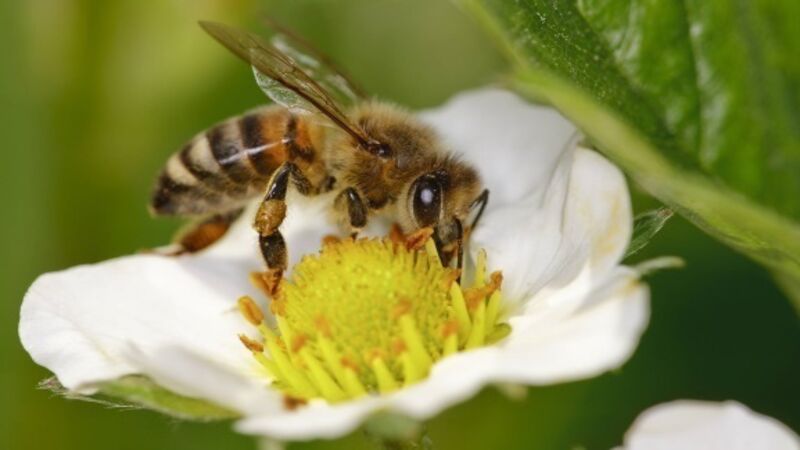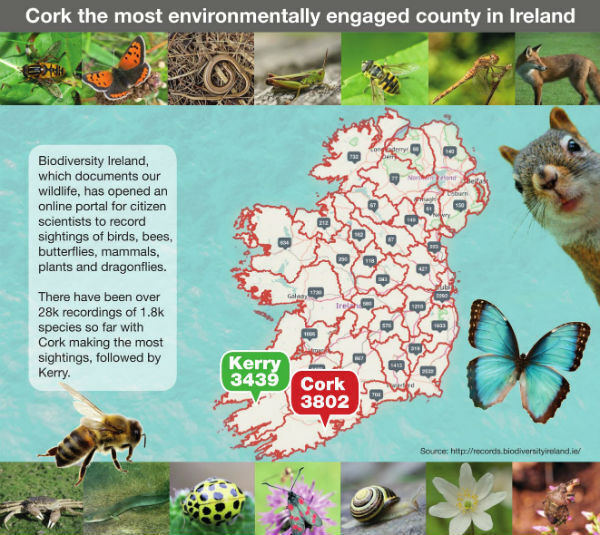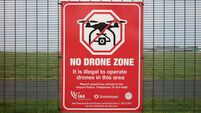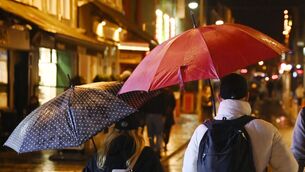Cork most environmentally engaged county on the island

The National Biodiversity Centre has set up a citizen science portal online so people can document and record wildlife sightings around Ireland.
So far this year there have been 28,245 recordings of 1,800 species and the highest input has come from people living in Cork.
Citizen scientists here have made 3,802 recordings, the highest of any county.

The European otter was the most recorded species in Cork followed by the speckled wood butterfly.
The most commonly sighted plant was the lesser celandine, the yellow perennial from the butterfly family.
The semi-aquatic American Mink was also in the top five most recorded wildlife species from Cork.
Recordings of peacocks, foxes, rabbits and red squirrels were also made.
On the other end of the scale, the least common sightings were things like the early-purple orchid, a wigeon and a whooper swan — all with one recorded sighting each.
In the last month, there have been almost 300 records made by people from Cork.
Over the course of May, the bluebell was the most recorded plant sighting and the swallow the most recorded bird.
Citizen scientists log on to the centre’s website and record sightings under six categories: plants, birds, butterflies, mammals, beetles and dragonflies.
For Cork alone, 659 different types of species of wildlife have been recorded in the last year.
Cork led the charge with the most recorded sightings by almost 400, with Kerry being the next most environmentally engaged county.
People in Kerry made 3,438 recordings so far this year.
Co Wexford in the sunny South-East, was the third most environmentally diligent, with 2,532 sightings being recorded by people living in this county.
There were 2,290 recordings made by people in Dublin, followed by 1,839 by citizen scientists in Co Wicklow.
The South-West and West, however, made up the bulk of the remainder of sightings.
Counties Limerick, Clare and Galway registered almost 4,000 recordings between them since the start of 2017.
Armagh was the county that recorded the fewest wildlife sightings.
While there were several thousand species recordings in the early part of the year, April and May saw sightings shoot up, with 7,338 made nationally in April and 10,113 in May.
The National Biodiversity Centre released the online Citizen Science portal about three weeks ago (records.biodiversityireland.ie), but you can date your sighting retrospectively.
When making a recording people are asked to enter details of the sighting such as date, location, sighting, species name and duration of observation.
People are also welcome to upload a photo and if help is needed with identifying what you saw, there is a library of images on the site.
The centre’s director, Dr Liam Lysaght previously said butterflies, in particular, were a good indicator of a healthy environment and therefore explains the importance of documenting wildlife.
“They are good indicators of environmental change, particularly things like climate change and land management changes,” said Dr Lysaght.
“Areas where there are a good variety of species indicate a diverse environment,” he added.
There was further environmental news for the province of Munster yesterday when the Burren Life Project won the prestigious EU LIFE Nature award in Brussels.
The project won the Nature and Biodiversity award, which is decided upon by public vote.
The project has been in operation since 1992 and aims to ensure sustainable agricultural management and to contribute to water quality in the area.












